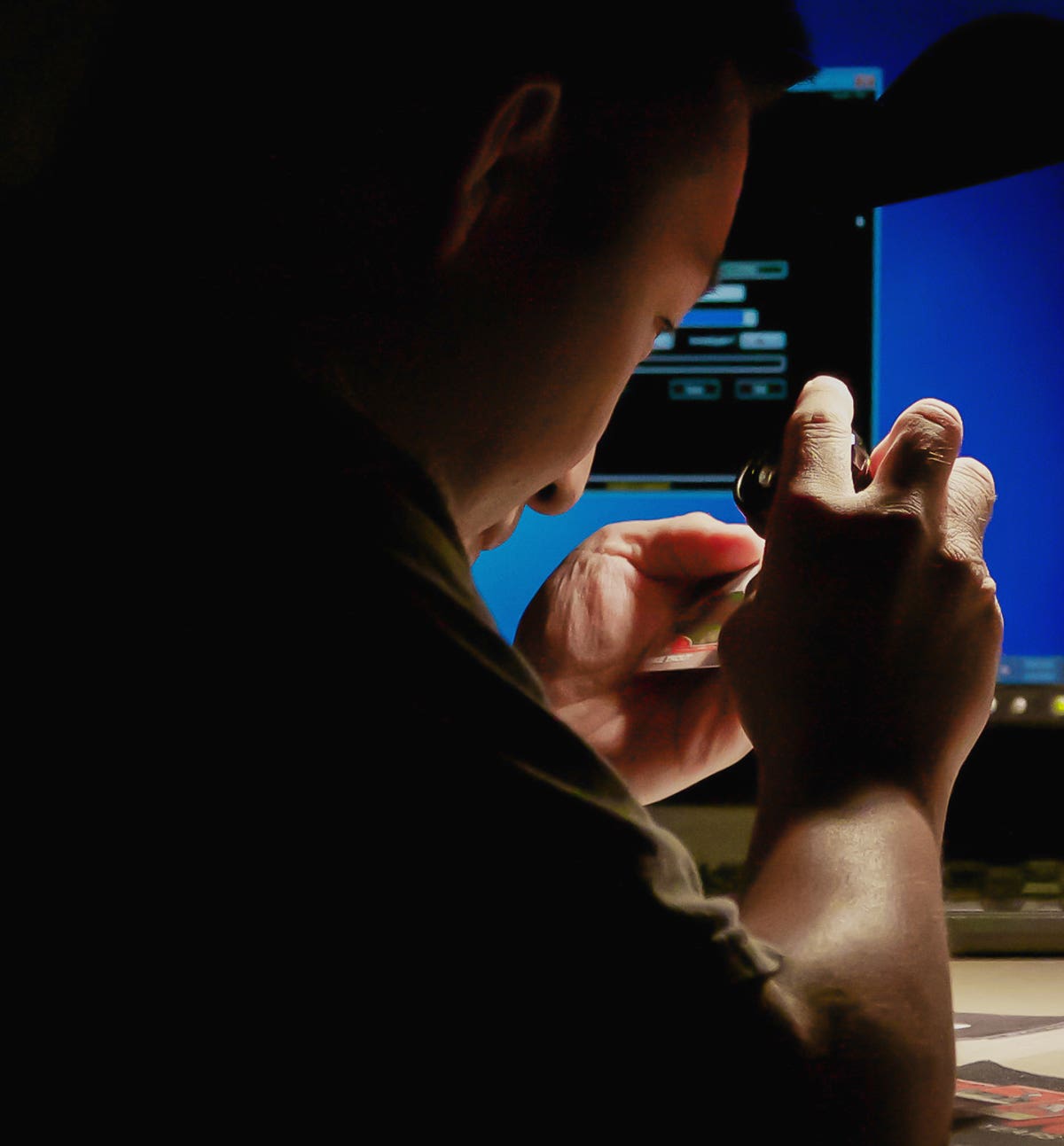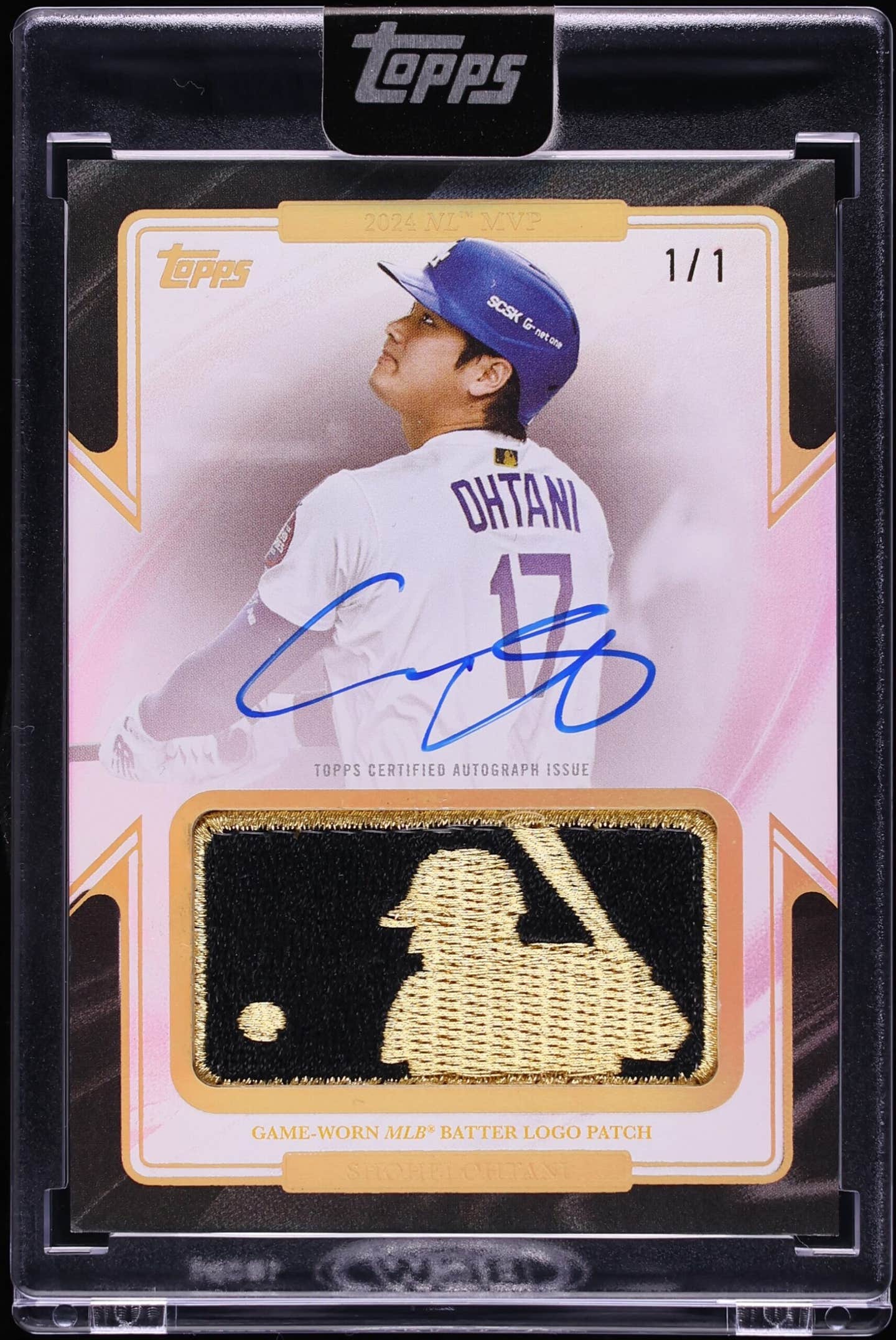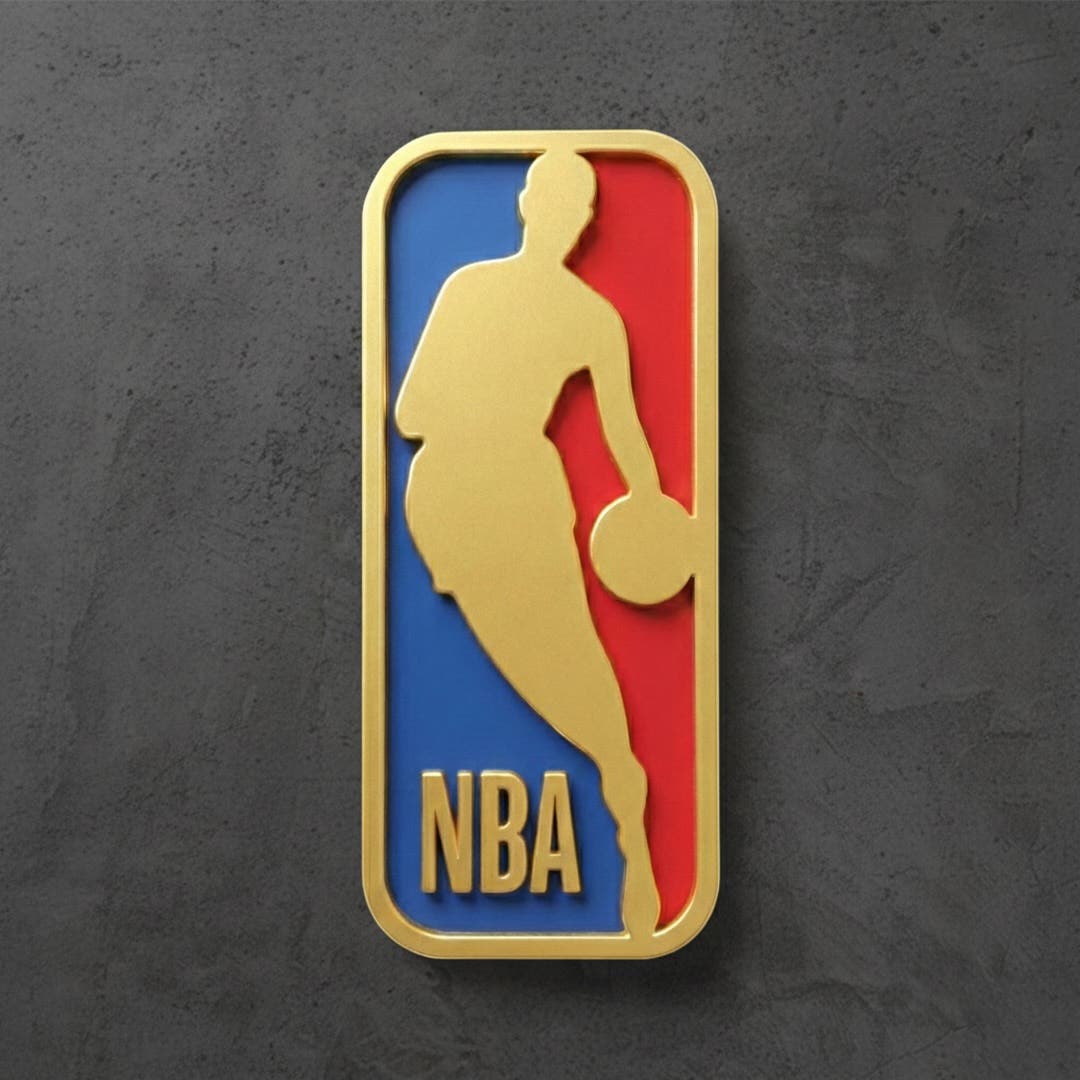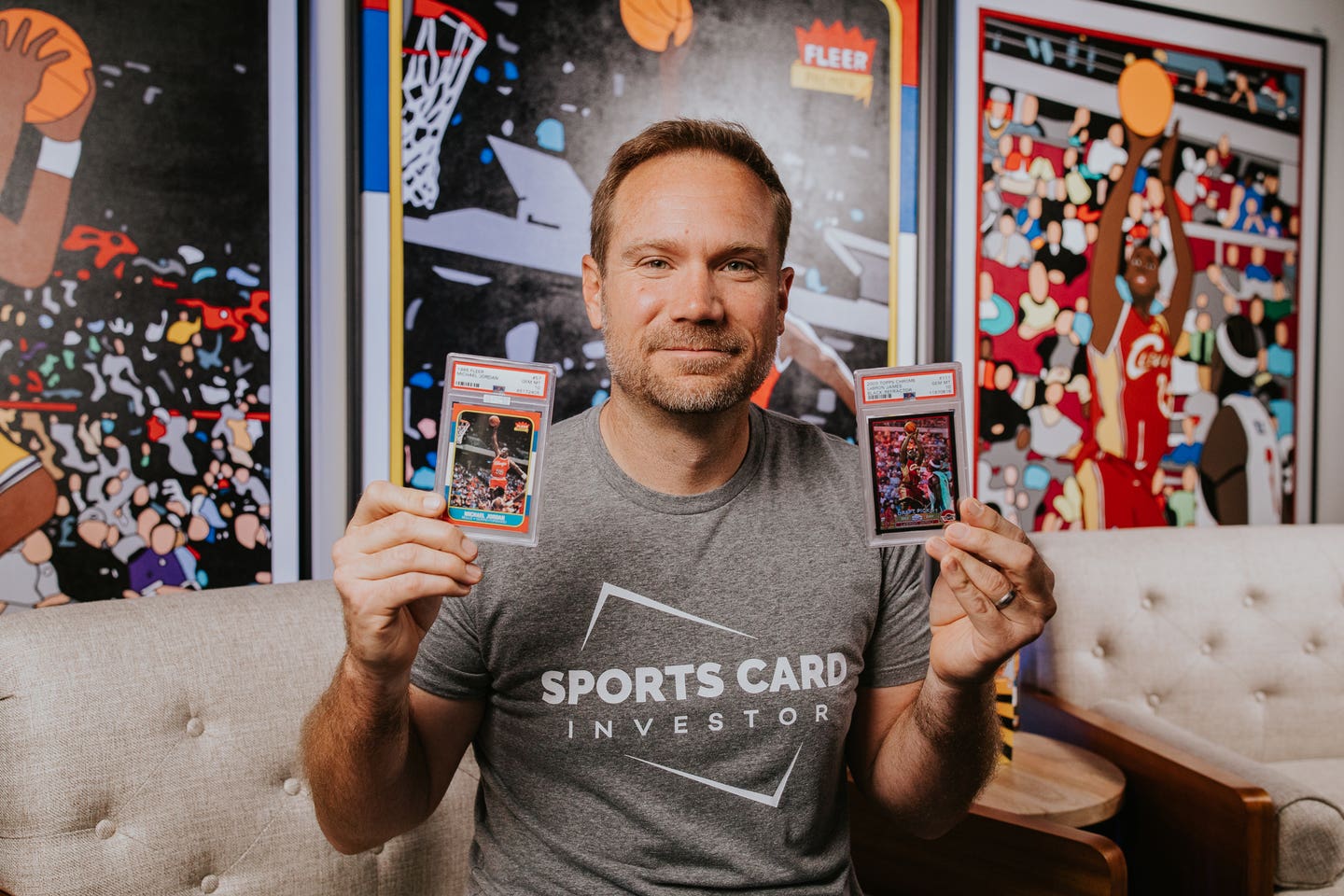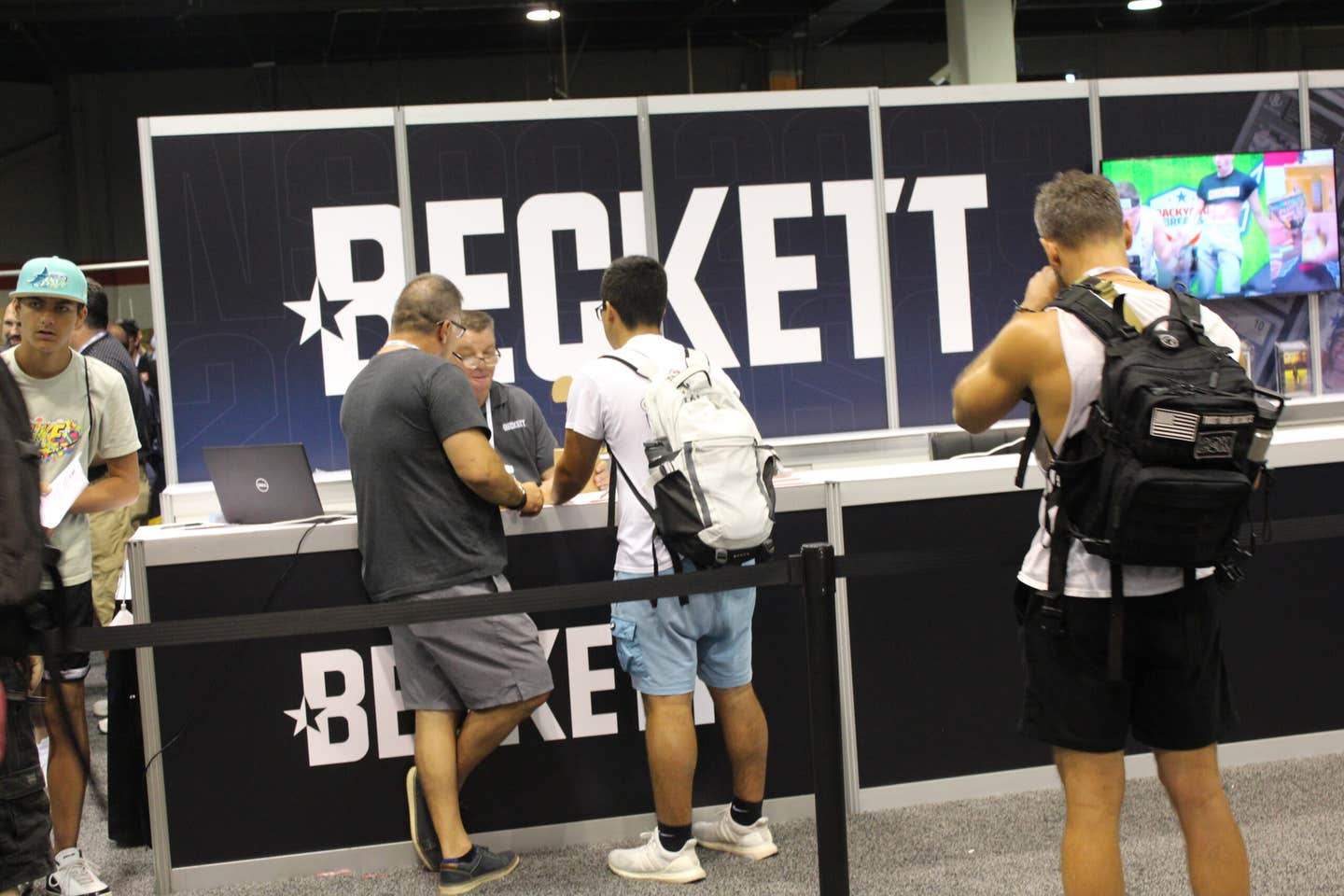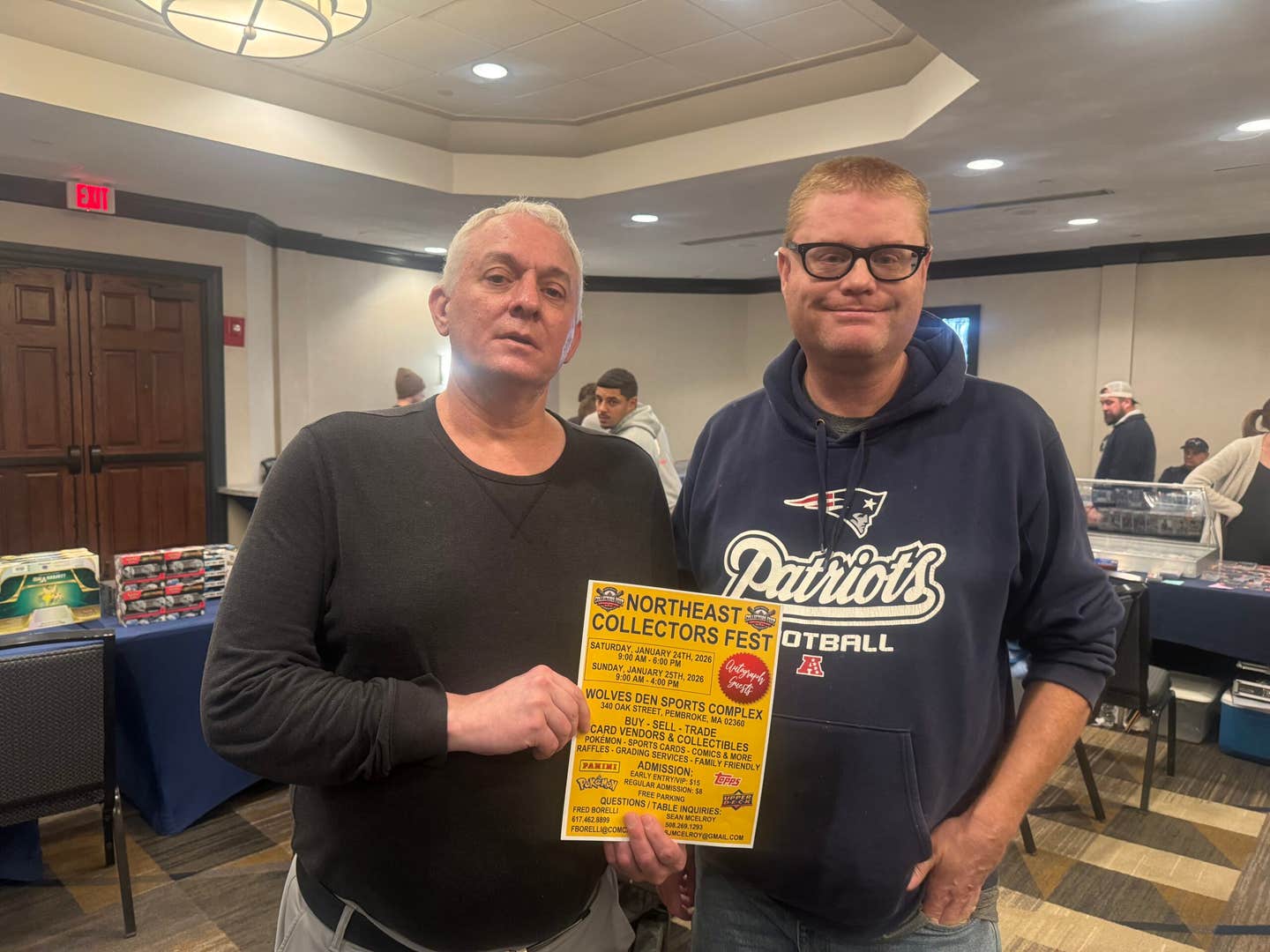News
Roy Halladay elected to Baseball Hall of Fame in first year of eligibility
Roy Halladay’s journey to the Baseball Hall of Fame followed an unusual path—right through the self-help aisle of a Florida bookstore. At that bookstore, Halladay’s wife Brandy found a bible of sorts that helped guide the talented pitcher not only through his baseball career, but through life as well. That book inspired Halladay to win over 200 games, pick up two Cy Young Awards, and pitch both a perfect game and a no-hitter during his 16 years in the major leagues (1998–2013).
The 6-foot-6 right-hander was going through a difficult period in his baseball career in 2001. He was having such a hard time on the mound that the 1995 first-round draft pick of the Toronto Blue Jays was thinking about quitting the game altogether.
Halladay was depressed and discouraged, and Brandy thought there might be an answer hidden in the self-help section of the neighborhood bookstore near the couple’s home in Dunedin, Florida. Even the book wasn’t easy to find at first.
“I was picking up every self-help book I could find. Then I spotted it,” Brandy Halladay said. “The book was called ‘The Mental ABC’s of Pitching: A Handbook for Performance Enhancement.’ It was written by Harvey Dorfman. I thought, ‘Wow! Enough people have a problem with pitching that somebody wrote a book about it.’ I couldn’t imagine it.”
She said the book changed Roy Halladay’s life.
“I just came across the book. It was a chance happening,” the eight-time All-Star’s wife said.
She bought Dorfman’s book, together with a pile of other self-help books, many of which she has hung onto through the years. But it was the book by noted sports psychologist Harvey Dorfman that proved to be a career-saver for her husband.
The book—and Dorfman himself—helped Roy Halladay so much that the pitcher not only overcame his pitching woes, but had a career that landed him in the Baseball Hall of Fame this year. It was the first year Halladay was eligible for election to the Hall.
Sadly, Roy Halladay did not live to see this moment. He died on November 7, 2017, when the small aircraft he was piloting crashed into the Gulf of Mexico. He was the only one on the plane. Halladay was 40 years old.
Born on May 14, 1977, Harry Leroy Halladay III, known as Roy, grew up in Arvada, Colorado, a suburb of Denver. Halladay’s father was a commercial pilot, who loved baseball and played sandlot ball. Since Denver weather was not always conducive to playing baseball, young Roy’s parents bought a house with a basement big enough for the boy and his dad to play a vigorous game of catch indoors. They started to play those games of catch with a hardball when Roy was only three. The youngster was a natural.
The basement was also large enough for Roy to discover his skills as a pitcher and practice for a future on the mound. Several mattresses, strategically placed against a wall, allowed him to hurl pitches in his spare time and develop strength in his pitching arm.
In Halladay’s view, getting to the major leagues was more than merely a dream or a goal; to the determined youngster, it was inevitable. At Arvada West High School, Halladay was an All-American athlete, playing both baseball and basketball. He was also on the school’s cross-country team.
Running cross-country came at the suggestion of legendary Colorado pitching guru and coach Bus Campbell, who felt that running cross-country would build up Halladay’s stamina so he could glide through pitching performances with ease. Cross-country was also a good way for a baseball or basketball player to stay in shape. Campbell was known for working with a number of pitchers who made it to the major leagues, including Rich “Goose” Gossage, Brad Lidge, and Jay Howell.
When Halladay was only nine years old, he and his dad attended a pitching clinic Campbell was hosting in the Arvada area. The youngster met the revered pitching coach during the clinic, and Campbell showed a genuine interest in the boy’s potential. Once Roy reached high school, he contacted the pitching coach again, and Campbell, who loved working with young pitching talent, took the future Hall of Famer under his wing.
“They had a wonderful relationship,” Brandy Halladay said about Bus and her husband. “Bus was like a grandfather to Roy, and his wife Helen was wonderful to me.”
Halladay’s fastball reached speeds of 94 miles an hour during his junior and senior years at Arvada West High School. Under Campbell’s guidance, the imposing high school hurler mastered a knuckle-curve to go along with that blazing fastball. In three varsity seasons, Halladay compiled a 26–2 record, pitching two no-hitters along the way. He had a 0.55 ERA his senior year, recording 105 strikeouts in 63 innings. He made the All-Conference and All-State teams three years in a row. With Halladay on the mound, Arvada West won the state title in 1994; Roy was chosen All-State baseball MVP that year. The future major leaguer was also All-State baseball MVP in 1995, the year he graduated from high school and got drafted by the Blue Jays.
Based on his baseball accomplishments in high school alone, Halladay was considered a celebrity in Colorado long before he got to the major leagues. Halladay is still viewed as one of the most dominant high school athletes ever in the history of the state.
Campbell, who also happened to be a scout for the Toronto Blue Jays, advised the team to draft Halladay in 1995. The scout felt the move would benefit both the up-and-coming hurler and the Blue Jays.
But other major league teams were thinking about selecting the hard-throwing right-hander as well, including the Philadelphia Phillies. Halladay could also have opted to attend the University of Arizona on a baseball scholarship. When all was said and done, the Blue Jays signed the Colorado native right out of high school, but the Phillies never lost interest in him.
The Blue Jays had won back-to-back World Championships in 1992 and 1993, and seemed destined for more. What team couldn’t use more frontline pitchers, especially one like Halladay, capable of going deep into a game?
Ironically, after the 2009 season, the Phillies traded for Halladay in a quest for a World Championship, something both the pitcher and the team desperately wanted. But first Halladay made a name for himself north of the border.
After signing with the Blue Jays, Roy made his professional debut in Rookie ball in 1995 with the Blue Jays’ affiliate in the Gulf Coast League in Florida. He had a 3–5 record with a rather lackluster team, the GCL Blue Jays. The club only won 19 of 59 games. However, Halladay struck out 48 batters in 50 1/3 innings and was considered one of the Gulf Coast League’s top prospects.
The next season in Advanced-A ball in the Florida State League, the former high school standout had a 15–7 record with a 2.73 ERA, playing for the Dunedin Blue Jays. He was named to the league’s All-Star team. Halladay’s steady climb to the big club was going nicely.
He started the 1997 season in the Double-A Southern League with the Tennessee Smokies. After notching a couple of wins, he moved on to Triple-A Syracuse in the International League. A disappointing 7–10 record for the Syracuse SkyChiefs in 1997 didn’t dampen the Blue Jays’ enthusiasm for Halladay. The Jays sent him back to Syracuse in 1998 and the tall right-hander regained his form, going 9–5 with a 3.79 ERA and 71 strikeouts.
That earned Halladay a September call-up, where he gave fans a thrill in the waning days of the 1998 season. The new kid made his major league debut on Sept. 20, 1998 in a game against Tampa Bay. He left the game after five innings, with the Blue Jays ahead 5–3, but the bullpen couldn’t hold the lead. Tampa Bay tied the game and while Toronto eventually won 7–5, Halladay ended up with a no-decision.
But a week later, on September 27, Doc got a second start, this time against the Detroit Tigers, and did not allow a hit for 8 2/3 innings. Then, with two out in the ninth inning and a no-hitter on the line, the Tigers’ Bobby Higginson hit a home run off Halladay to break up the no-no and the shutout. On a positive note, Roy came right back and got the next batter out to secure a 2–1 Blue Jays victory and get his first major league win, along with a complete game. It looked as though Roy Halladay was poised to burst onto the major league scene in a big way.
The 1999 season was a bit of a mixed bag for the hurler, as he made the big league club but pitched both in a starting role and in relief. He recorded the only save of his career on April 7, when he pitched three scoreless innings in relief against the Minnesota Twins. Overall, Halladay posted an 8–7 record in 1999 for the Blue Jays with a 3.92 ERA.
Halladay was realizing his dream of playing in the major leagues, but fate was about to throw him a nasty curveball. In 2000, the bottom fell out of Halladay’s pitching career and he couldn’t figure out why. Suddenly, the game that had come so easily to him since his youngest days was difficult, daunting, and anything but fun. It was all spinning out of control.
The 2000 season started out badly for the right-hander and got worse from there. By May 15, Halladay was 2–4 with an 11.97 ERA. He was sent down to Triple-A Syracuse to see if he could fix the problem. He didn’t pitch well after being demoted, but better than he did in the majors, and that earned him a return call to The Show on June 24, 2000.
Once again he was ineffective, and by the end of July, the Blue Jays sent him back to Syracuse, where he stayed until he was recalled in September after the close of the International League season. Halladay’s major league stats for the 2000 season were dismal. He went 4–7 with a 10.64 ERA for the Blue Jays in 67 2/3 innings of work.
“That was a really tough year or two or three,” Brandy Halladay recalled. “We didn’t know what we were going to do. Roy thought about going to college. We seriously considered walking away from the game and giving up the dream.”
She said Roy was disappointed, disillusioned, and confused by his sudden inability to succeed on the mound.
In spring training 2001, Roy Halladay was completely distracted by the entire situation.
“I’d be thinking about pitching seven innings and giving up three runs, instead of about the pitch I was going to throw to the batter I was facing,” he said in interviews when talking about his mind-set at the time.
The Blue Jays decided to do something drastic, if Halladay would go along with it. Instead of allowing the 23-year-old hurler to keep struggling at various levels of the organization, they decided to send Halladay back to A-ball for a complete overhaul. The idea was for him to go back to Dunedin in the Florida State League and work with former Blue Jays pitching coach and farm system director Mel Queen. Queen had been instrumental in developing the careers of many of Toronto’s pitching stars, including Pat Hentgen, David Wells, Mike Timlin, and Todd Stottlemyre. Halladay agreed to the plan.
But Brandy knew her husband needed something more, something to help him with the mental aspect of his game. That’s when she made her trip to local bookstore and discovered the work of Harvey Dorfman.
Roy Halladay was not averse to turning to books for help and insight. As a teenager, he was inspired by many of the concepts contained in the popular 1991 book Nolan Ryan’s Pitcher’s Bible: The Ultimate Guide to Power, Precision, and Long-Term Performance, by Nolan Ryan and Tom House with Jim Rosenthal.
Brandy said that at this point in his career Roy took to Dorfman’s book and embraced the author’s teachings right away. He would read, reread, and apply what Dorfman preached in his book. That, along with Queen’s reboot of Roy’s grips on pitches and overall delivery, was the formula that began to turn things around for the weary hurler.
“The truth is they didn’t send us back thinking we were going to make it. They sent us back to figure out what they were going to do with us,” Brandy Halladay recalled. “Roy worked really, really hard to get back. He didn’t want to lose and was determined to do everything he could to win.”
She realized that Roy had been putting a lot of pressure on himself.
“He felt this huge responsibility to do a good job—to be the best,” Halladay’s wife said.
In addition to that, he had to deal with the adjustment of going from being a big high school baseball star to the professional ranks, “from being a big fish in a small pond to being a big fish in a really big ocean.”
While the baseball world focused on Opening Day 2001, Halladay arduously worked his way through the Blue Jays’ farm system, a journey he had taken before, but this time it meant so much more. For each step, each game, each pitch, each workout, he applied the wisdom he found in Dorfman’s book.
Brandy coined a phrase for Dorfman’s nuggets of advice—“Harveyisms.” She said the book impacted Roy’s life both on the professional and the personal level. Harveyisms are still uttered in the Halladay home to this day, where Brandy lives with the couple’s two teenage sons, Braden and Ryan. “Harvey’s words were part of our everyday life. Everything was Harvey-related,” Brandy said of how highly she and Roy regarded Dorfman’s advice.
One of the things that Doc would talk about when discussing this period of his career was how Dorfman’s book taught him to focus on one thing at a time. An example: When a pitcher gives up a hit, Dorfman tells you to move on and think about the next batter, rather than harping on having given up the hit, and what happens if you give up another hit, and a hit after that. It’s a matter of focusing on the task at hand—getting the next batter out and keeping a positive attitude that you’ll accomplish that.
“The book—and later Harvey himself—helped Roy deal with the mental stumbling blocks that everyone has to deal with,” Brandy said.
After spending a few weeks in Dunedin, Halladay took the next step, moving to the Double-A Tennessee Smokies, where he pitched in five games, compiling a 2–1 record with a strong 2.12 ERA. Between starts he kept working with Queen to refine his mechanics and he hung onto every word contained in Dorfman’s book.
By June, Halladay had worked his way back up to Triple-A Syracuse and after a few starts the Blue Jays made the bold decision to bring the right-hander back to the big leagues. He started a game against the Boston Red Sox on July 2 but lasted only 2 1/3 innings. However, things started to improve from there.
By the dog days of August, Roy was beginning to show some of the flashes of brilliance that had prompted the Toronto Blue Jays to draft him in the first place. He went eight innings on August 1 and beat the Minnesota Twins 3–1. He defeated the New York Yankees 3–2 on August 29, going seven strong innings. Another highlight came on October 5, when Halladay pitched a complete game shutout against the Cleveland Indians, winning 5–0.
Feeling reenergized, Halladay finished the 2001 season with a 5–3 record and a 3.16 ERA for the Blue Jays. In November 2001, the Blue Jays named J. P. Ricciardi as their general manager. Ricciardi had been in the front office of the Oakland A’s and knew Harvey Dorfman. Dorfman had been working for the Oakland A’s as the team’s mental skills coach. Halladay asked Ricciardi to put him in touch with Dorfman. Ricciardi did, and that started a long friendship between Dorfman and the future Hall of Fame pitcher.
Halladay would call the relationship one of the most meaningful of his life. Every time the hurler reached a pinnacle in his baseball career, he thanked Dorfman for making it possible. Dorfman took great pride in seeing the people he worked with succeed. Through in-person meetings, phone calls, and emails, Dorfman would counsel Halladay, always giving him words of encouragement, Brandy Halladay said. In talking about Dorfman, Roy Halladay once said, “You were never able to fool him. I think a lot of times you are never willing to admit everything that you are thinking. He was quick to call your bluff on a lot of that stuff. He made you accountable to yourself and accountable to him. And that’s really the only way we were able to work through things.”
Brandy Halladay said her husband kept all the emails he got from Dorfman, referring back to them often.
“Harvey was a friend and a mentor. He wasn’t someone we paid. He did this because he took great joy in seeing someone he was helping succeed. He did this for a lot of guys in professional baseball because he loved the game and had something to offer. And he offered it generously,” Brandy said.
In 2002, hitters started seeing the impact Dorfman was having on Halladay’s career. The right-hander went 19–7 with a 2.93 ERA on a Blue Jays club that didn’t have another pitcher who won more than 10 games. The Blue Jays won only 78 games in 2002, but Halladay stood out; he was their ace. Roy’s overpowering performance in 2002 led Blue Jays broadcaster Tom Cheek to give the now-feared hurler the nickname “Doc,” likening him to the intrepid gunslinger John Henry “Doc” Holliday.
A 22–7 season in 2003, with a 3.25 ERA and 204 strikeouts, brought Halladay his first Cy Young Award. Over the next six seasons (2004–2009), Halladay won 89 games for the Blue Jays. He had another 20-win season in 2008 and struck out 200 or more batters in both 2008 and 2009.
As if Halladay weren’t doing well enough in 2008, Mariano Rivera, the ace Yankee closer, recalls a conversation the two had that season at the All-Star Game. Rivera is entering the Baseball Hall of Fame this year along with Halladay. Both pitchers had been named to the American League All-Star squad in 2008. The game was played that year at Yankee Stadium.
“We were in the outfield talking about pitching before the game and he asked me how I gripped my cutter. I showed him and he got it,” Rivera said. “Later that season, he threw it to Derek (Jeter) and some of the other hitters on the Yankees, and they got mad at me because he did so well against us. They blamed me. I said to them, ‘How is it my fault that you guys can’t hit the ball?’” After the 2008 All-Star break, Halladay faced the New York Yankees three times and beat them every time. In truth, Halladay always seemed to do well against the Yankees, even without Rivera’s tutelage. He was 18–7 against the Bronx Bombers during his career, with a 2.98 ERA.
Yet, with all his success, there was a missing element in Halladay’s baseball career: He wanted to pitch in the postseason. Brandy Halladay said her husband would wonder how he would fare in the postseason, what the whole experience would be like. He would get his chance when the Blue Jays, who were rebuilding, traded Halladay to the Philadelphia Phillies in December of 2009. The ace hurler left Toronto a fan favorite. He and Brandy had done a great deal to help the Toronto community, support they continued even after they left the city.
The Phillies were World Champs in 2008 and made it to the World Series again in 2009, only to lose to the New York Yankees. This was just the setting Halladay wanted.
“It was an amazing opportunity,” Brandy Halladay said. “Philadelphia was the most loving, passionate, insane city. It was everything we hoped to have a chance to be part of.” Halladay did not disappoint, giving Phillies fans something to cheer about beginning on Opening Day in 2010, when he defeated the Washington Nationals 11–1 for his first Phillies and National League win.
On May 29, the Phillies were in Miami to take on the Florida Marlins. Halladay made quick work of the Fish, setting down 27 Marlins in a row for a perfect game. He struck out 11 batters in the game—only the 20th perfect game ever pitched in the major leagues.
Halladay would go on to win 21 games in 2010 and help the Phillies win the Eastern Division title. Doc pitched the division clincher on September 27, defeating the Washington Nationals 8–0.
Then Halladay took the mound for the Phillies in the first game of the 2010 National League Division Series (NLDS) against the Cincinnati Reds. The game was played at Citizens Bank Park in Philadelphia in front of 46,411 diehard Phillies fans. This was the setting Halladay had dreamt about, but even he could not have imagined what was about to happen.
Doc no-hit the Reds. The only Reds batter to reach base was outfielder Jay Bruce on a walk in the fifth. The Phillies won 4–0. That was only the second no-hitter ever pitched in the postseason. Don Larsen pitched a perfect game in Game 5 of the 1956 World Series. Halladay needed just 104 pitches to defeat the Reds.
Afterwards, Halladay called the game “surreal.” Brandy Halladay was in the stands during the game and said that, following the game, Roy told her the whole experience “really didn’t register with him while it was happening. He said he was just focused on doing his job. If you get caught up in the fact that you are pitching a no-hitter you’re done,” she said. “There was a great deal of excitement for all of us watching and, of course, Harvey (Dorfman) was overjoyed.”
The Phillies swept the Reds in the NLDS. Facing the San Francisco Giants in the National League Championship Series (NLCS) was a tougher task, and Philadelphia lost the series 4 games to 2. Doc lost Game 1 by a 4–3 score but came back to win the fifth game 4–2.
Halladay was the unanimous winner of the 2010 National League Cy Young Award. He was only the fifth pitcher in major league history at the time to win the Cy Young Award in both the American League and the National League. There are now six who have done it, with Max Scherzer the latest to join the list after winning the Cy Young in the American League with the Detroit Tigers in 2013 and then in the National League with the Washington Nationals in 2016 and 2017.
In early 2011, sad news came for the Halladays and many in the baseball world when Harvey Dorfman passed away. It was a tremendous loss for Roy Halladay, who vowed to continue to live his life based on the lessons his mentor had imparted to him. Doc pushed forward, as did the other players the sports psychologist had assisted. In 2011, Halladay won 19 games for the Phillies and helped lead the team to its fifth straight National League East title.
The Phillies were favored to go to the World Series in 2011, but the St. Louis Cardinals got in their way. Playing the Cards in the 2011 National League Division Series proved tough. Halladay won the first game 11–6. The Phillies also won Game 3, but lost Games 2 and 4. The fifth and final game, on October 7, turned into a pitcher’s duel between two good friends and former Blue Jays teammates. Chris Carpenter, a member of the Blue Jays from 1997 to 2002, started for the Cards, with Halladay on the hill for the Phils. The Cards won the game 1–0, and took the series 3 games to 2. Doc suffered the loss, and that turned out to be his last postseason appearance. He would go on to pitch two more seasons for the Phillies before retiring, due to a back and right shoulder injury.
From 2003 to 2011, the All-Star pitcher had 61 complete games, 30 more than any other pitcher in the majors during that period. He finished his career with 203 wins, a 3.38 ERA, and 2,117 strikeouts.
Halladay used an array of pitches—cutters, sliders, and sinkers—with precision. Following his retirement after the 2013 season, Halladay worked with young pitchers on both the Blue Jays and the Phillies.
“I think what he cherished most from his playing days was the camaraderie on the teams he played with and the friendships he made. That’s what really meant the most to him,” Brandy Halladay said.
On November 7, 2017, the shocking news broke that the 40-year-old Halladay, an experienced pilot, had been killed when the amphibious aircraft he was flying crashed into the Gulf of Mexico, just off the Florida coast. Tributes started pouring in immediately, not just about what a great athlete Halladay had been, but about all he had done in the communities where he played baseball and lived.
Earlier this year, when Halladay was elected to the Hall of Fame, his family was faced with a major decision. What team logo would appear on the cap Doc would be shown wearing on his plaque in Cooperstown?
“Toronto gave us that chance, that base, that start. But Philly also gave us a chance to win a ring and the passion that we wanted. There was no way to choose, so we’ve decided that he’ll go in with no team,” Brandy Halladay said. “We think that this is the Major League Baseball Hall of Fame. It’s not the Phillies’ Hall of Fame or the Blue Jays’ Hall of Fame. Roy is going in as a Major League Baseball player, and I think that is important because that is what he is.”
Doc is not the first player to have no logo on the cap he is shown wearing on his Hall of Fame plaque. In fact, Mike Mussina, who was also elected to the Hall of Fame this year, will not have a logo on his cap, either.
While Roy Halladay’s election to the Hall of Fame was an incredible honor, it was also a very emotional time for the Halladay family. There was no doubt that Brandy Halladay was channeling some of her husband’s spirit as she talked about his career: “To be able to see the appreciation and love that everyone has for Roy—his efforts and hard work—means the world to us.”
Eighteen-year-old Braden Halladay, who bears a striking resemblance to his dad, was both excited and deeply touched by this momentous honor bestowed on his father by the baseball writers.
“It’s crazy just to know a person who is a Hall of Famer. That’s big in itself. But to have that person as your dad, that’s something I still can’t comprehend,” Braden said. Pausing for a moment, he adds, “Just to think that people are going to be able to remember him for hundreds or thousands of years after we are all gone is pretty special.”
Just like a really good book with words of wisdom that stand the test of time.
Robert Grayson is a freelance contributor to Sports Collectors Digest. He can be reached at graydrew18@aol.com.



